SHREC: A Physics-Based Machine Learning Approach to Time Series Analysis and Causal Driver Reconstruction
In modern data science, time series analysis is a cornerstone for understanding dynamic systems. From predicting market trends to unraveling biological processes, time series data provides insights into how systems evolve over time. However, one of the most challenging aspects of time series analysis is reconstructing causal drivers—the unobserved variables that govern a system’s behavior. Noise, high dimensionality, and nonlinear interactions compound this challenge, making traditional methods insufficient for many real-world applications.
Enter SHREC (Shared Recurrences), a cutting-edge physics-based unsupervised learning framework that revolutionizes time series analysis. By leveraging the principles of dynamical systems and topological data analysis, SHREC enables accurate reconstruction of causal drivers, even in noisy and incomplete datasets.
The Challenge of Causal Driver Reconstruction
1. The Importance of Causal Drivers
Causal drivers, such as genetic regulators in biology or environmental factors in ecology, are critical for understanding system dynamics. Without access to these latent variables, our ability to model, predict, and control complex systems is severely limited.
2. Limitations of Traditional Methods
Conventional techniques like neural networks, mutual information methods, and dynamic attractor reconstruction face significant hurdles:
- Data Dependency: Require large, high-quality datasets that are often unavailable.
- Noise Sensitivity: Struggle to maintain accuracy in noisy environments.
- Computational Overhead: Demand resource-intensive computations, making them unsuitable for real-time applications.
- Lack of Interpretability: Many machine learning models lack physical grounding, limiting their applicability in domains like physics and biology.
Introducing SHREC: A Physics-Based Solution
SHREC addresses these limitations by combining physics-based principles with machine learning to infer unmeasured causal drivers from observed response data.

Key Innovations of SHREC
- Recurrence-Based Analysis: Utilizes recurrence events in time series to identify common causal structures.
- Consensus Recurrence Graphs: Aggregates data from multiple time series to capture collective dynamics.
- Fuzzy Simplicial Complexes: Adapts to noisy and sparse datasets, improving robustness and reliability.
- Non-Iterative Optimization: Eliminates the need for computationally expensive gradient-based methods, ensuring efficiency.
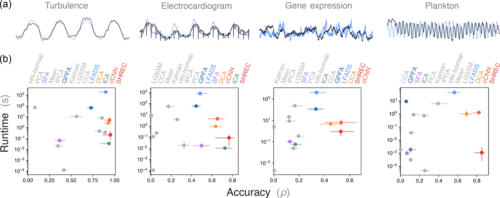
How SHREC Works
1. Data Preprocessing and Recurrence Mapping
- Time series data is converted into weighted recurrence networks using topological embeddings.
- An affinity matrix is constructed for each time series based on nearest neighbor distances and adaptive thresholds.
2. Consensus Graph Construction
- Recurrence graphs from individual time series are combined into a consensus graph, which captures the system’s collective dynamics.
3. Causal Driver Reconstruction
- For discrete drivers, community detection algorithms (e.g., Leiden method) identify equivalence classes.
- For continuous drivers, the graph’s Laplacian decomposition reveals transient modes corresponding to the drivers’ states.
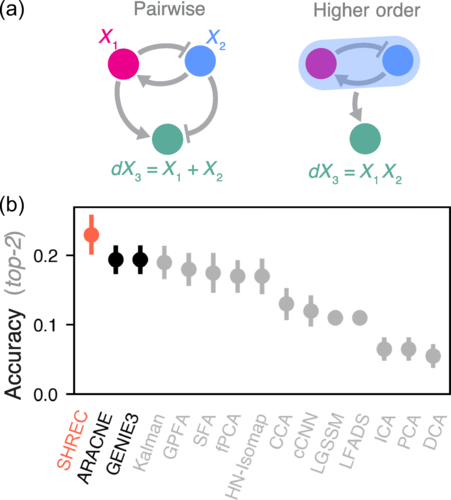
Performance and Experimental Results
SHREC has been rigorously tested across diverse datasets, demonstrating superior performance in reconstructing causal drivers under challenging conditions:
1. Gene Expression Data
SHREC successfully uncovered essential regulatory components from sparse and noisy gene expression datasets. This capability is crucial for advancing research in systems biology and genetic analysis.
2. Turbulent Flow Analysis
In fluid dynamics experiments, SHREC accurately identified sinusoidal forcing factors, outperforming traditional signal processing techniques.
3. Ecological Data
SHREC revealed temperature-induced trends in plankton populations, even with significant missing data, showcasing its resilience to incomplete datasets.
4. Benchmark Results
- Noise Robustness: Maintained high accuracy even with elevated noise levels.
- Efficiency: Avoided costly gradient-based optimization, reducing computational overhead.
- Scalability: Performed well on high-dimensional datasets, demonstrating wide applicability.
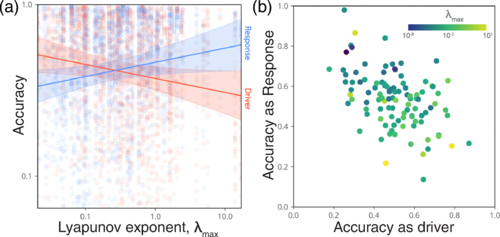
Applications of SHREC
1. Systems Biology
SHREC’s ability to reconstruct genetic regulators from noisy datasets makes it invaluable for identifying pathways and mechanisms in biological systems.
2. Ecology
By detecting environmental drivers in ecological datasets, SHREC can help predict population dynamics and understand species interactions.
3. Fluid Dynamics
SHREC’s success in identifying forcing factors in turbulent flows positions it as a powerful tool for modeling and controlling physical systems.
4. Engineering and Physics
The framework’s physics-based design ensures it can be applied to disciplines requiring accurate modeling of dynamical systems, such as control systems and robotics.
Advantages of SHREC Over Traditional Methods
| Feature | SHREC | Traditional Methods |
|---|---|---|
| Noise Robustness | High | Low |
| Scalability | Excellent | Moderate |
| Computational Efficiency | High (non-iterative optimization) | Low (gradient-based optimization) |
| Physical Interpretability | Strong | Weak |
Technical Innovations of SHREC
1. Graph-Based Representations
SHREC’s reliance on graph-based representations ensures efficient handling of complex data without sacrificing interpretability.
2. Adaptive Thresholding
The framework dynamically adjusts thresholds to account for variability in data quality, enhancing robustness.
3. Modular Design
SHREC’s architecture allows for seamless integration into existing workflows, enabling researchers to apply it across various domains.
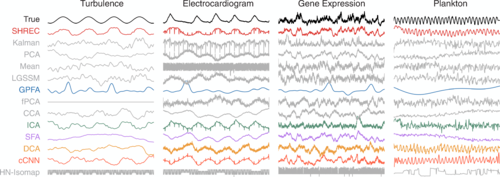
Future Directions and Potential
SHREC’s versatility and efficiency open avenues for further research and development:
- Real-Time Applications: Enhancing SHREC for real-time monitoring and control of dynamic systems.
- Cross-Disciplinary Integration: Extending its use to finance, climate modeling, and other domains requiring causal analysis.
- Improved Scalability: Expanding SHREC’s capabilities to handle even larger datasets with higher dimensionality.
Conclusion
SHREC represents a significant advancement in time series analysis by addressing the limitations of traditional methods. Its physics-based foundation, combined with innovative machine learning techniques, enables accurate and efficient reconstruction of causal drivers across diverse datasets.
Whether in biology, ecology, or engineering, SHREC provides researchers with a powerful tool for uncovering the hidden dynamics that govern complex systems. By bridging the gap between physical principles and machine learning, SHREC paves the way for a deeper understanding of the interconnected systems that shape our world.
Check out the Paper. All credit for this research goes to the researchers of this project.
Do you have an incredible AI tool or app? Let’s make it shine! Contact us now to get featured and reach a wider audience.
Explore 3800+ latest AI tools at AI Toolhouse 🚀. Don’t forget to follow us on LinkedIn. Do join our active AI community on Discord.
Read our other blogs on LLMs 😁
If you like our work, you will love our Newsletter 📰




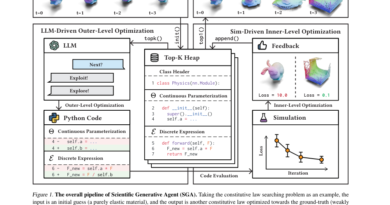

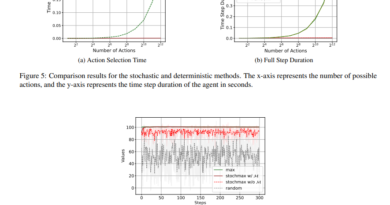
Aw, this was an exceptionally good post. Spending some time and actual effort to make a great
article… but what can I say… I hesitate a whole lot and don’t manage to get anything done.
Nice post. I learn something new and challenging on sites I stumbleupon every day.
It’s always exciting to read through content from
other writers and practice a little something from their websites.
You have made some really good points there. I looked on the net for more information about the issue
and found most individuals will go along with your views on this web site.